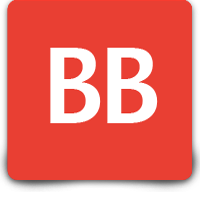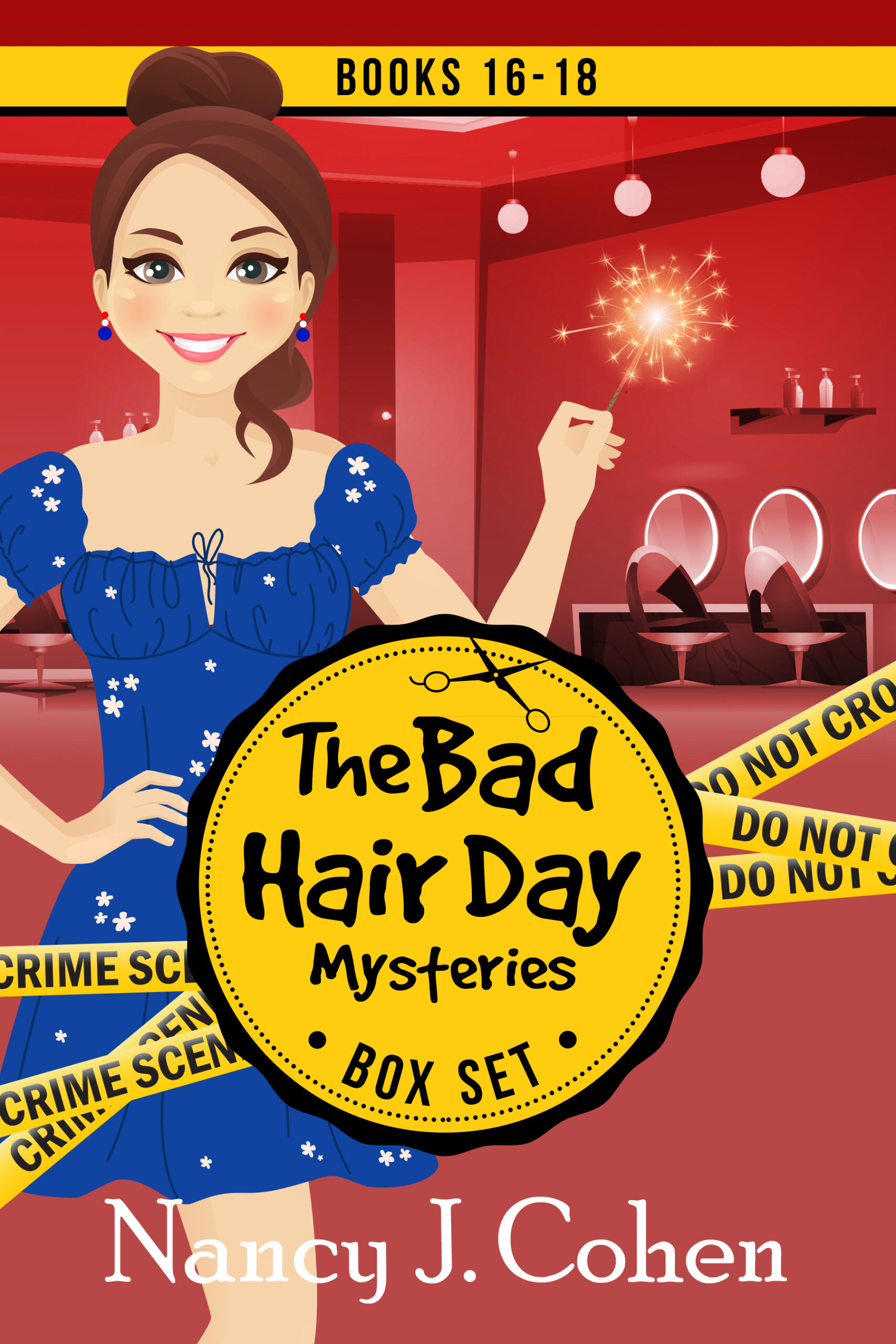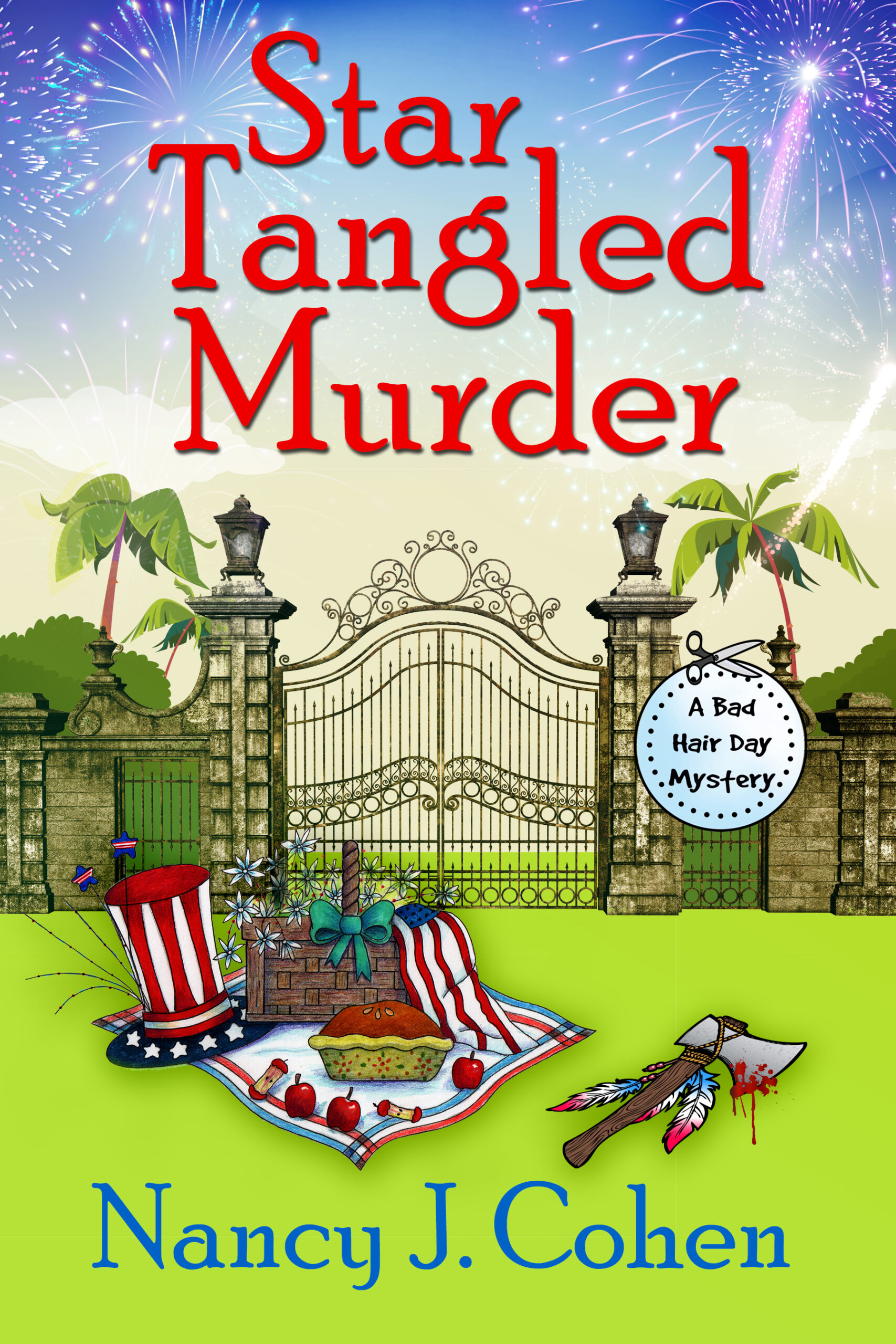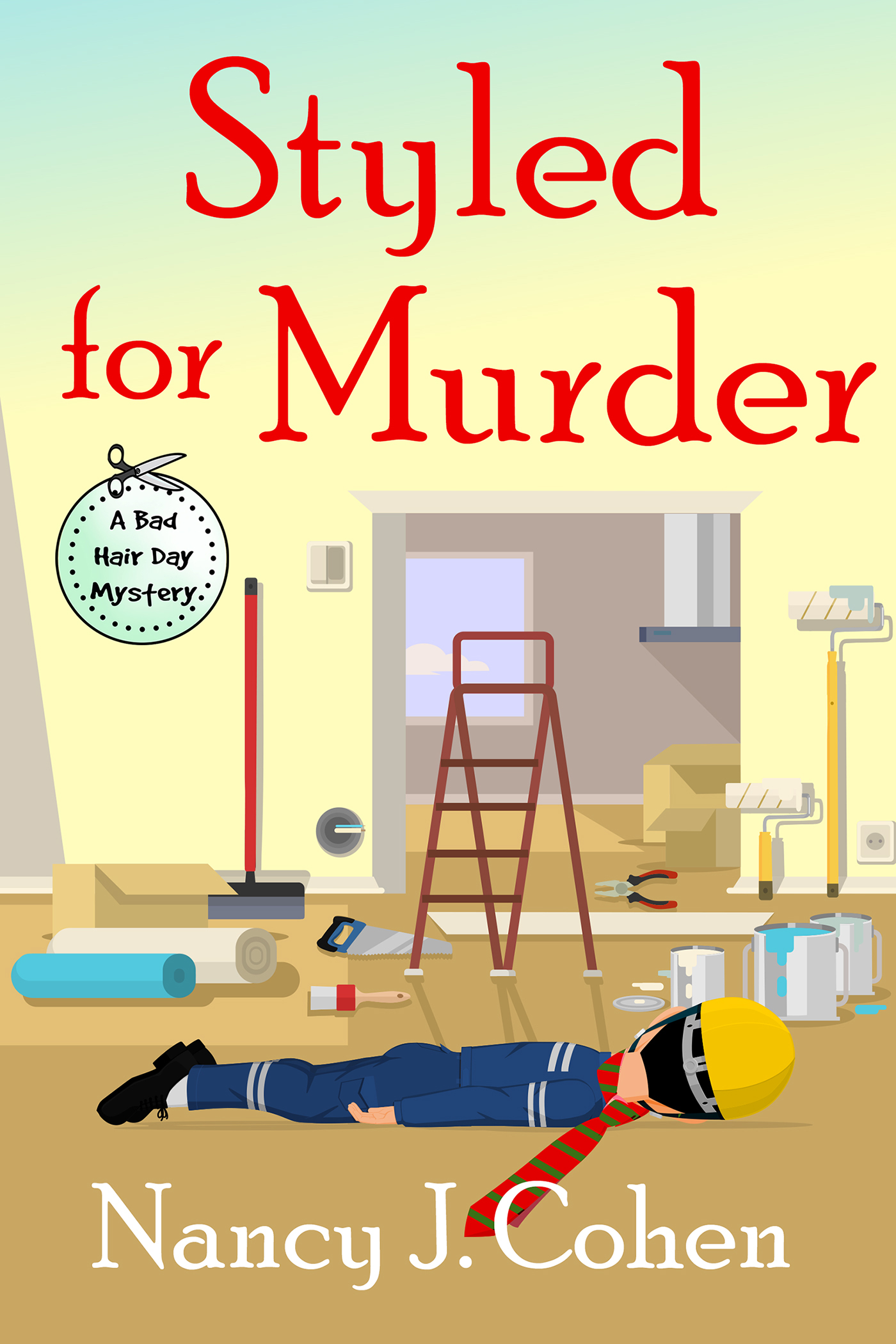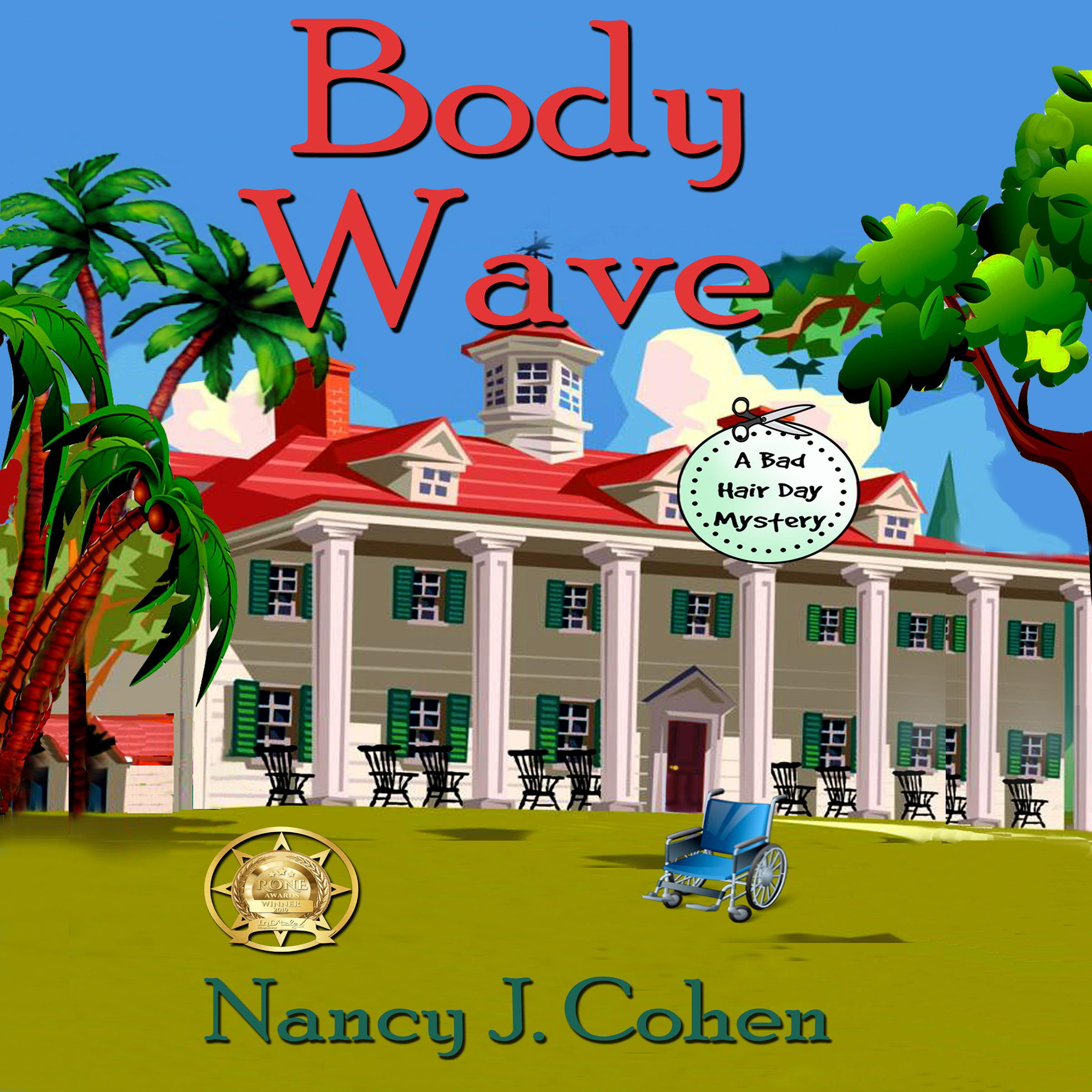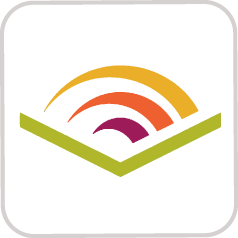Tripping Over Timelines
How do you keep track of timelines in your work-in-progress? Do you use graphs, charts, or plotting boards to note the days of the week? When I was starting out as a writer, I kept plotting boards. This was a poster board that I divided into blocks representing each chapter. After I wrote a section, I’d fill it in on the poster for a quick visual reference. These days, I use a chapter by chapter outline in a Word file. I’ll still fill it in after I write each segment. I add the days of the week so I can remember what day it is for each scene.
Spoiler Alert! As I was working on EASTER HAIR HUNT, #16 in my Bad Hair Day mysteries, I hit a major snag. The story begins on the day before Easter. It’s March. My hairdresser sleuth, Marla Vail, is seven months pregnant. Her mother wants to plan a baby shower. Meanwhile, Marla is chasing down her missing friend, Blinky, who disappeared after an Easter Egg Hunt at Tremayne Manor.
How much time has passed since Blinky had gone missing? Was it reasonable to think she might still be alive? Uh-oh, I’d better check on the timeline. This realization led me to a plot twist two-thirds through the story.
I’d been concentrating so hard on the storyline, that I had lost sight of the subplots. If Marla is seven months pregnant, when is her due date? I had to go back to the previous book, Trimmed to Death, to figure out when she might have conceived. Then I printed out a set of calendars from https://www.timeanddate.com/calendar/
According to what I read online, Easter Sunday can fall between March 22 and April 25. In 2008, Easter was March 23 and Passover was April 20. Okay, my story will start on Saturday, March 22. By counting the weeks, I figured out Marla’s due date will be June 15.
By now, my story had progressed into April. Her mother could hold the baby shower on April 19, the day before Passover. I penciled in other events involving Marla’s friends and relatives. Now I know exactly what is happening, and when. Had I done this from the start, I wouldn’t have had to go back and change each conversation that mentioned these personal issues. I’d like this story to finish before Marla’s baby shower, so that could be my final wrap scene.
Sometimes you get carried away in the rush of storytelling and have to go back to fill in the details. What’s my advice? Get a calendar and follow your story along so you know which week you’re on and how long the action is taking. Sometimes you’ll read an entire murder mystery that takes place over a weekend. In that case, you’d need to keep an hourly account. Either way, keep track of your timeline from the start and save yourself some time-consuming revisions.
How do you keep track of timelines in your novel? #amwriting #writetip Share on XGIVEAWAY
Enter June 1-18 to win a free mystery from the prize vault at Booklovers Bench





